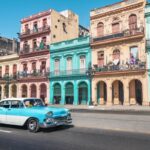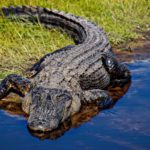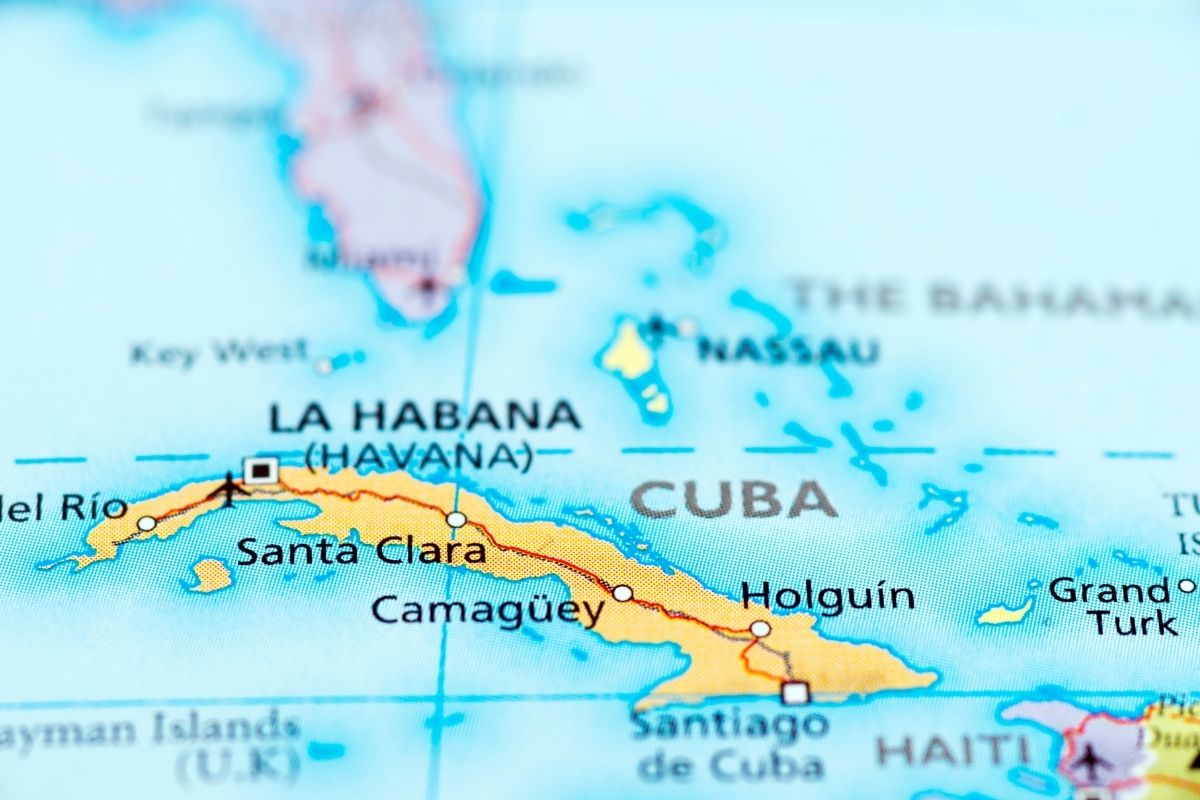Cuba, or the Republic of Cuba, is one of many countries in the Caribbean.
This country is a popular tourist destination thanks to its tropical climate and stunning scenery.
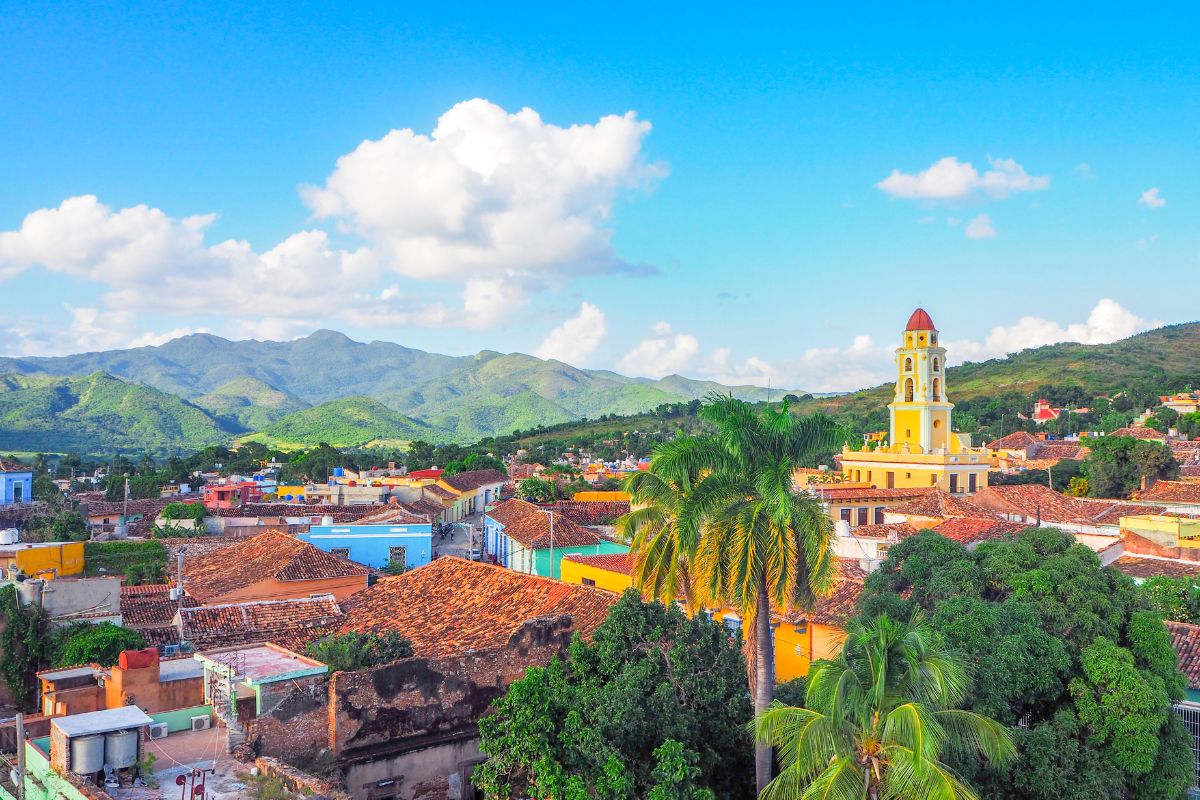
However, the country of Cuba is not just one single island.
In fact, there are over a thousand islands that help make up this paradisiacal country.
Anyone who is not familiar with Cuba might wonder which island is actually the largest. The answer is Cuba itself!
Second to the main island of Cuba, the Isla de la Juventud is the largest island.
If you want to find out more about the islands of Cuba, keep reading.
We are going to go through everything you could possibly want to know in the sections below.
About Cuba
Geographical Location
Cuba sits just south of the Tropic of Cancer.
This is where the Atlantic to the north and east, the Caribbean Sea to the south, and the Gulf of Mexico to the west meet.
Haiti is the closest country and is located just 48 miles to the east.
To the south, the Windward Passage leads to Jamaica only 87 miles away, and Florida is 90 miles north.
There are well over a thousand islands, islets, and cays that make up Cuba.
Together, they come together to create a combined area that is just over 42,000 square miles – the same size as the state of Virginia.
Notable Features
Cuba is home to more than 500 rivers, the largest being the Cauto River. The majority of rivers are shallow and cannot be used by boats.
However, the most notable feature of Cuba are the beaches! Most beaches have white sand and beautiful turquoise oceans (like Veradero or Guardalavaca).
There are also beautiful mangroves along coastlines, and vast mountain ranges. In the west, the Cordillera de Guaniguanico sits, and the Sierra del los Organos further to the west.
The eastern region is home to the Sierra del Rosario, which gives spectacular views of the Pinar del Rio Province.
If you’re looking for the tallest mountain range, the Sierra Maestra in the east.
This range holds historical and strategic significance, as it was used in 1959 by Fidel Castro and Che Guevara’s army.
In this mountain range is the tallest peak – Pico Turquino.
One of the most notable areas in Cuba is the Zapata Swamp, located on the Zapata Peninsula.
This was the location where the Cuban Macaw lived and thrived up until the 1500s, when they began being sold into the pet trade.
The last of these macaws was shot in these very swamps in 1864 by hunters.
What Is The Largest Island In Cuba?
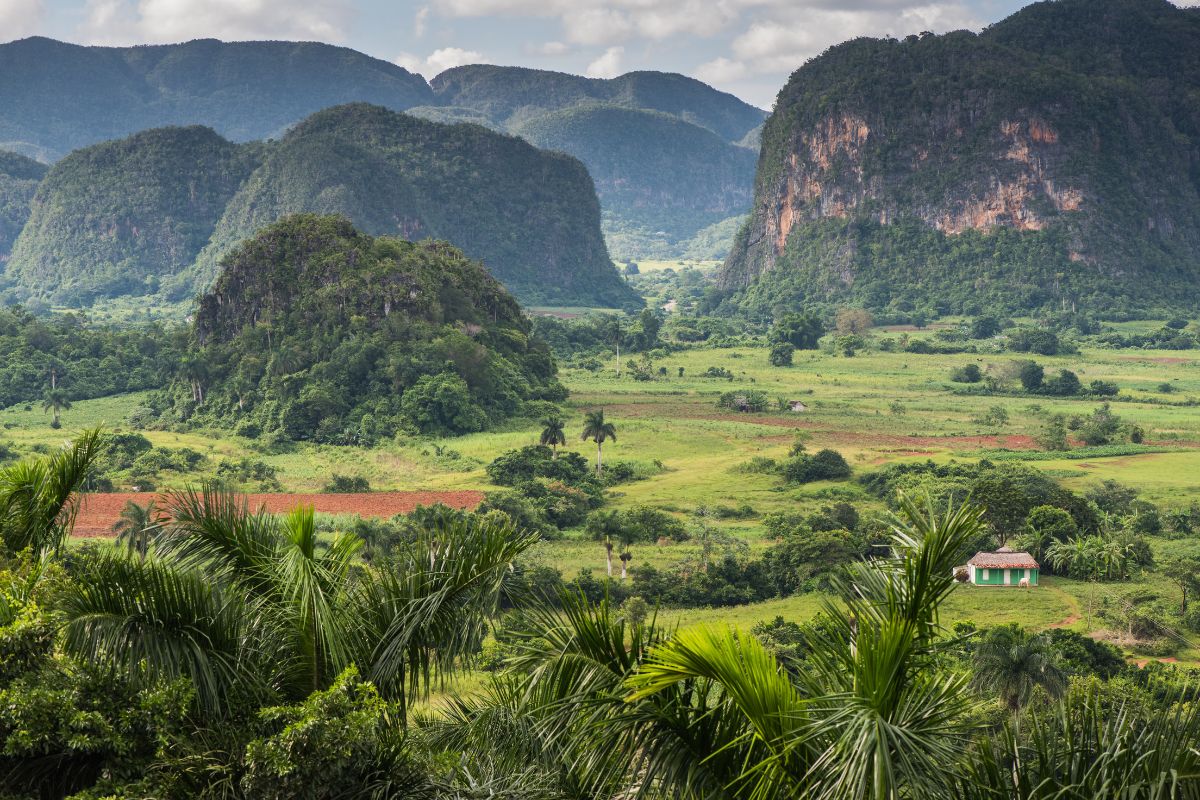
The main island of Cuba is the largest, and is a total of 40,369 square miles. This island is actually the largest in the Antilles, or West Indies, island chain.
This chain extends far east and south, creating a large arc that encloses the Caribbean Sea.
The island of Cuba makes up one of just four islands that create the Greater Antilles.
Cuba’s main island is long and narrow, and runs northwest to southwest.
At the widest point, the island measures 119 miles, and the narrowest point is just 19 miles.
The length of the island spans 777 miles, or 1,250 kilometers.
This main island has an impressive 3,570 miles of picturesque coastline. This coastline is dotted with beautiful beaches, as well as mangroves and caves.
There are vast coral reefs, bays, and jagged cliffs along this coastline that bring tourists in every year.
One of the most notable features lies in Western Cuba, and is the impressive Cave of Santo Tomas.
This is found in the Sierra Quemado, and is a spectacular 16-mile-long cave system.
Isla de la Juventud, or the Isle of Youth, is the second largest and spans 850 square miles.
Formerly known as Isla de Pinos until 1978, this island is separated from mainland Cuba by the Gulf of Batabano and Canan de los Indios.
This island is known as a special municipality, and has its own capital of Nueva Gerona.
The Isle of Youth is the largest island in the Canarreos Archipelago, and has impressive savannas and pine forests.
There are also a number of low mountain ranges, the highest with an elevation of only 944 feet above sea level.
Here, grapefruit is grown and is imperative for the island’s economy. Other than that, marble and kaolin are extracted from the island.
Unlike Cuba’s main island, the Isle of Youth’s history did not involve tobacco and sugar production.
The building that was once a prison on the island is now a museum, and the island is considered to be more of a hidden gem.
How Many Islands Make Up Cuba?
There are actually approximately 4,000 islands, islets, and cays that make up Cuba. These islands make up four primary archipelagos.
Around these islands are extensive coral reefs, which make up the second-largest reef system in the Caribbean.
The only coral reef system larger is the one located in the Bahamas, but both systems are facing challenges due to development and pollution.
The Four Primary Groups Of Islands

The Colorados
This archipelago is small and measures just 62 miles long.
Here, there are much smaller cays, and a coastal reef barrier on the northern coast of Pinar del Rio.
Commercial fishing as well as tourism are popular on a number of the cays here.
The Sabana-Camaguey
There are 35 protected sites on and around this group of islands. Two of these include the Caguanes National Park and the Bay of Buena Vista Biosphere Reserve.
This archipelago is home to the biggest system of keys, which create a number of habitats perfect for biodiversity.
Because of the marine and terrestrial life, this archipelago has some of Cuba’s richest habitats.
The Jardines de la Reina
Also known as the Galápagos of the Caribbean, Jardines del Reina is a marine protected area.
This archipelago is made up of more than 600 islands, and sits just 60 miles from Cuba. Overall, there are 837 miles that make up this series of islands.
Because of the distance between the main island of Cuba and the Jardines de la Reina, these islands have been able to thrive.
With less tourism, fishing, and poaching, the wildlife here has been able to flourish.
The Canarreos
This archipelago includes the second-largest island in Cuba – Isla de la Juventud. This string of islands is known for its fascinating cave systems in proximity to Punta del Este Beach.
In these caves, there are at least 235 pre-Columbian drawings on the cave walls.
These drawings were made by the ancient indigenous populations of the island, and have garnered attention over the years.
Final Thoughts
The main island of Cuba is the largest in Cuba and is just over 42,000 square miles. Second to that, the Isla de la Juventud is the largest – covering around 850 square miles.
Both islands are home to stunning scenery and beaches that are popular for tourism.
However, the Isle of Youth is off the beaten path, and offers something unique to anyone who cares to visit.
- What Is The Largest Island In Cuba? - September 19, 2022
- Havana – Why Is It Cuba’s Most Exciting City? - September 19, 2022
- Cheapest Time To Visit Cuba (Ultimate Guide) - September 19, 2022

